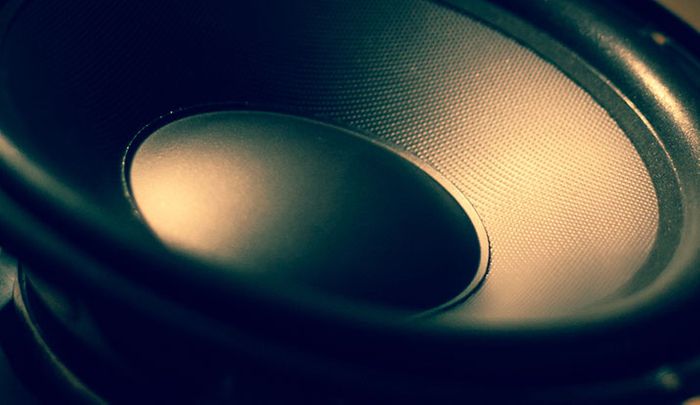
When assembling your home theater system, your choice of speakers can make the difference between an ordinary experience and an extraordinary one. Unfortunately, people often feel confused when they hear different terms to explain the same type of speaker or there is no consensus among electronics retailers about the distinctions. This is especially true for those who are purchasing home theater speakers for the first time. They hear the terms active, passive, and powered speakers thrown around and aren't sure what these terms mean.
What Are Active Speakers?
With this type of speaker, the word active describes the crossover components and system. The crossover component of a speaker is the part that divides the frequency signal's audio bands into smaller and more manageable parts. These low, mid-range, and high sounds then travel to the specific speaker equipped to handles its particular frequency. The terms active speaker and powered speaker are sometimes used interchangeably because the crossover electrical components of active speakers are literally powered. For the majority of audio systems, the subwoofer is the only real active speaker.
Understanding Passive Speakers
Most audio visual speakers are passive, which means they include the following characteristics:
- Each audio signal is driven by an individual and separate amp.
- The speakers require a separate power amplifier to receive their full audio signal.
- Passive, rather than active, crossover components that divide the incoming audio signal and send each part to the loudspeaker drivers directly.
- The components are made up of capacitors, inductors, and resistors that split the incoming signal and deliver it to other drivers.
Before you make your final purchase, you may want to ask other home theater users for their opinion on whether active or passive speakers make a better listening experience. They are likely to give you more valuable feedback than sales personnel are.
